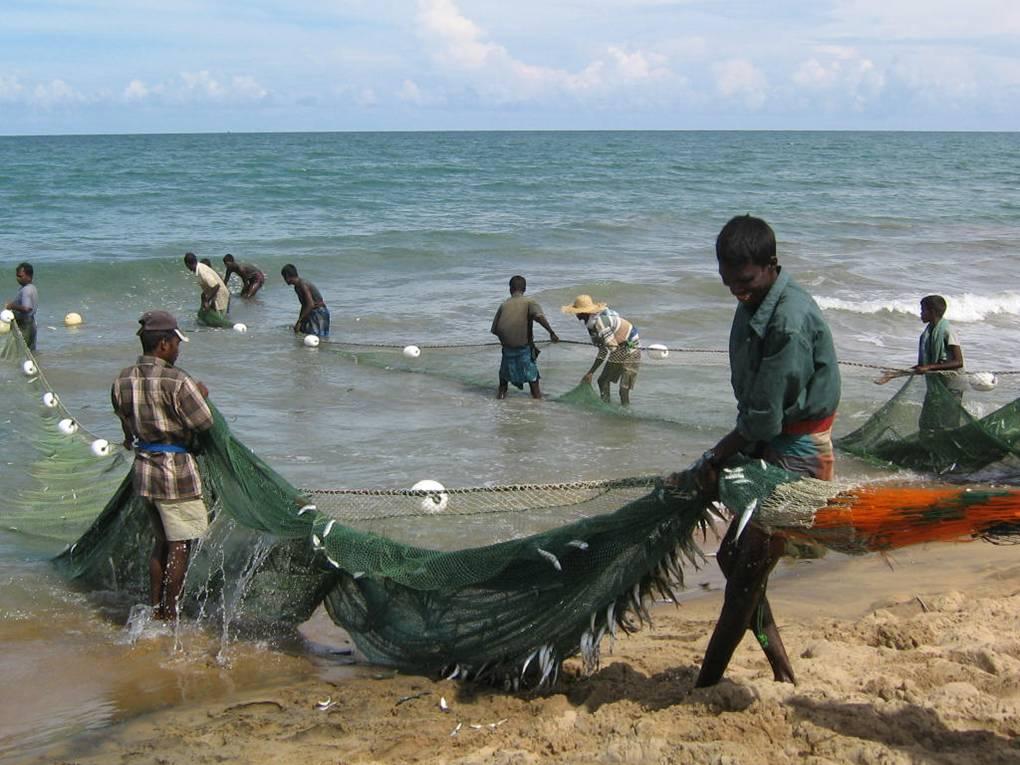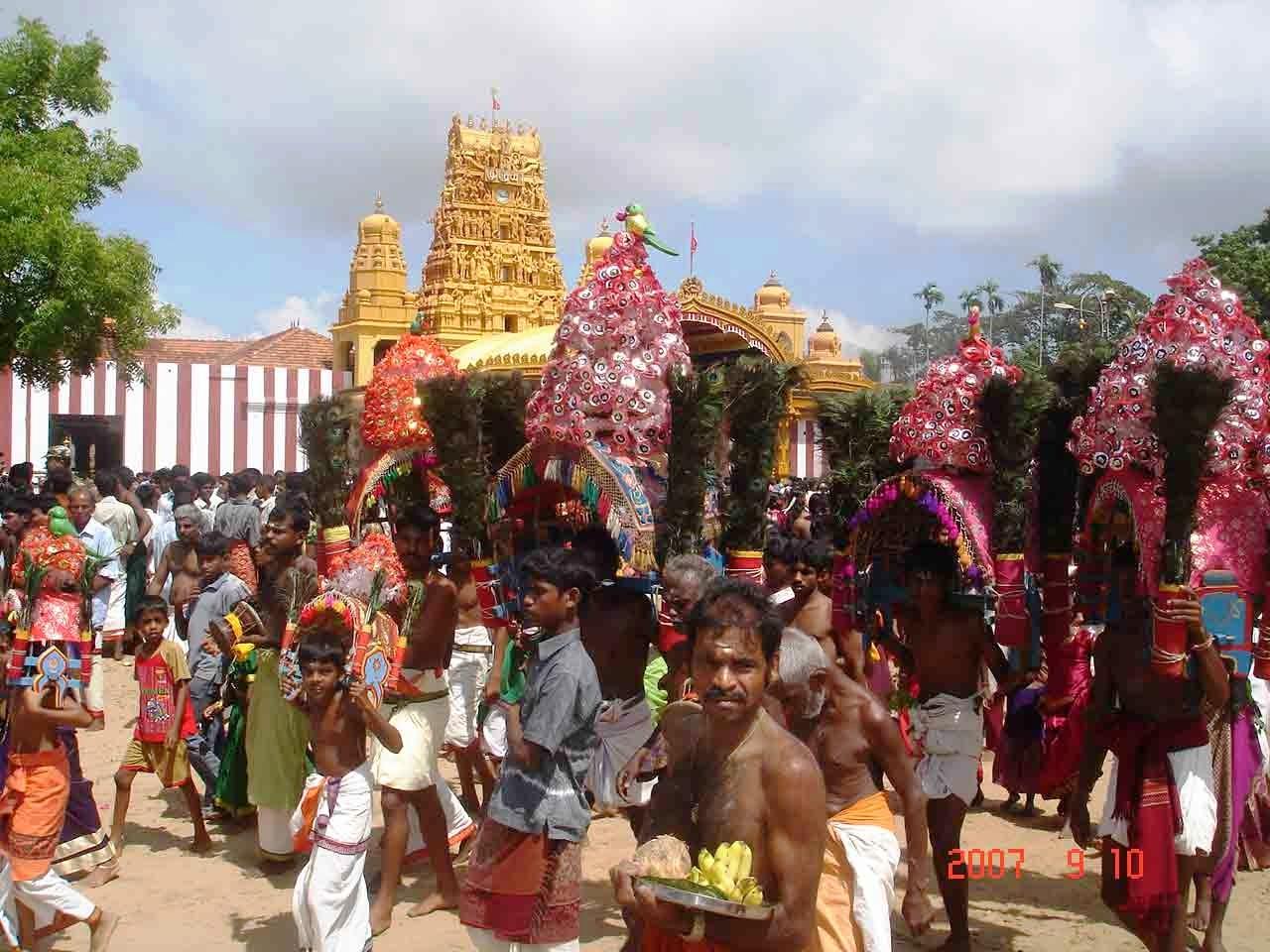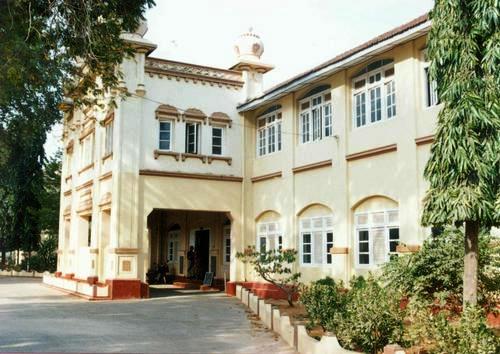Jaffna economy, poised for revival
Historically, Jaffna has been a vibrant economic hub in the North of the country, with an educated population and an entrepreneurial workforce. Conflict has affected it badly, and the Jaffna people have faced untold hardships over the years, but a revival of its past glory no longer seems an unrealistic or distant hope.
The Jaffna economy has changed significantly due to the conflict. People have left in droves, and there is now also a sizeable group living in welfare centres. The Jaffna population stands at 559,619, down by a quarter since 1980, while there are 27,647 IDPs.
Manufacturing has been hit badly too. The number of industries fell by 10% and the number of jobs was cut by half between 1980 and 2005.
In terms of GDP, the single biggest contributor to the Jaffna economy is now the category described as ‘public administration and defence’.
Agriculture has the capacity to grow almost exponentially in the years ahead. Today, it accounts for no more than 20% of the Northern Province GDP, but it employs over 50% of the workforce, while another 12% of the working population is involved in fisheries. Red onion, chilli, rice and potato are key sectors, in addition to milk and eggs, while tobacco has traditionally been profitable too.
Market linkages are going to be key to the revival of fortunes. Jaffna farmers will not be able to achieve their potential without proper infrastructure. Opening up the A9 and A32 is obviously vital. After this is done, the priority should be to establish a dedicated economic centre for agriculture, similar to the one in Dambulla, with improved storage facilities to reduce wastage of perishable goods. Efforts to promote Jaffna products under a brand like the ‘Peace Collection’ will also be important.
Furthermore, there needs to be a push towards greater efficiency, improving agricultural productivity using lessons from other areas of the country, and facilitating easier access to micro-funding and small business loan guarantees. Yet a word of caution is necessary here, for borrowing already constitutes a significant proportion of household income in the Northern Province. Surveys have put this figure at about 39%, compared to a national average of 22%.
Jaffna farmers have already started to turn things around, with increases in production for most crops in the last few years in which there has been relative security in the area. Fisheries were in a similar position before the tsunami, with the total fish catch having recovered from 14,000 to 34,000 MT between 2001 and 2004. Efforts must be made to ensure that they are able to build on these successes in the years ahead.
The Vadamarachchi East area of the Jaffna peninsula is said to be endowed with large deposits of silica sand, which can be used in the manufacturing of glass products. Some of the limestone deposits in the Kankasanthurai area are already being tapped by the cement factory situated there, but more is possible. Jaffna can further benefit from its proximity to the Pulmodai mineral sand deposit and the Seruwavila iron copper deposit. Large deposits of construction sand in Jaffna have not been systematically tapped, but will be a very useful resource when the revival of the Northern Province takes off.
It is important to bear in mind the changing aspirations of the Jaffna youth. According to a recent opinion poll, their interests lie in the services industry, rather than in agriculture, fisheries or even manufacturing. Their enthusiasm for more skills and vocational training and for higher education must be catered for, but there is also a need to provide suitable jobs.
Having traditionally enjoyed high levels of educational achievement, knowledge-based companies may be the way forward for Jaffna. BPO and similar industries could be established and function effectively.
Tourism is another sector that would benefit from attention. Jaffna boasts a number of historically important sites, as well as places of religious worship that attract thousands of people, like the Naagadeepa Vihare and the Nallur Kovil. Domestic tourism to Jaffna has increased significantly in the last few years, thanks to improved security, but there has been little effort to develop the necessary infrastructure to support a fullscale revival of tourism.
The conflict has impacted on the education system as well, although performance is still very good in comparison with the rest of the country. Confirmed literacy rates and statistics on net enrolment in Grade 1 are not available, because in depth household surveys have not been conducted of late, but estimates indicate that literacy stands at around 92.5%, which is only lower than the Western and North Western Provinces. The survival rate from Grade 1 to 9 is the second lowest after the Eastern Province, but performance at O Level and A Level is encouraging, and Jaffna student pass rates are similar to those recorded in more prosperous regions.
Infrastructure needs serious attention if any of these ideas is to be implemented successfully. Roads have been mentioned elsewhere already, but Jaffna has only 75,000 electricity connections out of 3,206,892 throughout the country, and around 8,000 out of 1,243,994 land phone connections, demonstrating its relative lack of connectivity.
Steps are being taken on this front already. Mobitel and Dialog are now in the process of rolling out broadband internet facilities to the Jaffna peninsula, which is going to improve the business environment tremendously.
The Government has planned the ‘Uthuru Wasanthaya’ or ‘Northern Spring’ programme aimed at reviving the Northern Province, similar to its ‘Neganahira Udanaya’ or ‘Eastern Dawn’ programme for the East. Rs. 3 billion has been allocated to rebuild 80,000 houses and Rs. 500 million has been set aside for resettlement programmes. Jaffna will benefit from this in addition to the other three districts of Kilinochchi, Mullaitivu and Vavuniya. Donor agencies are also enthusiastically involved in the Northern Province revival, and the World Bank and Asian Development Bank have both worked out dedicated projects for the conflict areas.
Some attention could usefully be placed on innovative measures to attract investment and business interest from the Jaffna diaspora, converting the accumulated financial and human capital among the diaspora into assets in the development process and turning the ‘brain drain’ into a ‘brain gain’. Anecdotal evidence suggests that as much as 75% of the Tamils who left Sri Lanka for Western countries are from the Northern Province, particularly from the Jaffna peninsula.
Jaffna has proven itself to be resilient, and will undoubtedly find its way back to its past glories with a little help at this crucial juncture. Estimates incidate that it has a per capita income of around Rs. 3,208 per month, which is already higher than that of the Eastern, Uva, Sabaragamuwa and even Southern Provinces, while the national average is some Rs. 3,969. The challenge facing the Government today is to see how the public and private sectors can work together to accelerate the process of economic development, which is the best way of achieving a lasting peace in the Jaffna peninsula.
.jpg)
Disclaimer
The material presented on this website is released under the Creative Commons Attribution-ShareAlike 3.0 Unported license , which allows free use, distribution, and creation of derivatives, so long as the license is unchanged and clearly noted, and the original author is attributed. Some of the works on this server may contain live references (or links) to information created and maintained by other organizations, the accuracy for which we are not responsible.The views expressed in the material on this website are personal to the respective authors and do not necessarily reflect any official view.

Processing Request
Please Wait...





